The 2022 Nobel Prize in Physics: Quantum Entanglement
Courtesy of Johan Jarnestad: The Royal Swedish Academy of Sciences
Image of Quantum Entanglemt
On October 4, Alain Aspect, John Clauser and Anton Zeilinger were awarded the 2022 Nobel Prize in Physics by the Royal Swedish Academy of Sciences. This award marks a major breakthrough in paving the way for technology that is based on quantum information and stems from the principle of quantum entanglement.
In simple terms, quantum entanglement is the idea that particles are connected, even when separated, and share a common quantum state. When one particle is measured, then the other particle that is connected is also influenced regardless of the spatial distance between them. Applying this idea means that if one particle is placed at the end of the universe and is entangled with another particle at the opposite end, one would still be able to know their quantum state, since they are unified.
Quantum entanglement has applications in current technology as well. In quantum computing, complicated calculations can be solved much more rapidly than even supercomputers can, as the entangled particles can work jointly. Cryptography also uses entangled particles; between the sender and receiver, there is shared communication that involves entangled particles. In the case that a third party attempts to breach this security, the entanglement breaks, as any attempt to impede the signal causes the entangled particle’s state to change. Thus, secure communication is maintained.
Clauser, an American physicist, helped develop John Bell’s ideas, which encompasses a mathematical inequality that can be used to determine whether there are hidden variables, through an experiment that did not correspond with a Bell inequality. With the help of Aspect, a French physicist, the setup was made more efficient, and Zeilinger used the entangled quantum states to demonstrate quantum teleportation.
With the three Nobel Laureates’ discovery, there is promising potential for future computing, cryptography, communications, sensing technology and other applications.

Whether Alena is chasing a story or talking to a friend, she asks thought-provoking queries in hopes of sparking meaningful conversations. She finds joy...

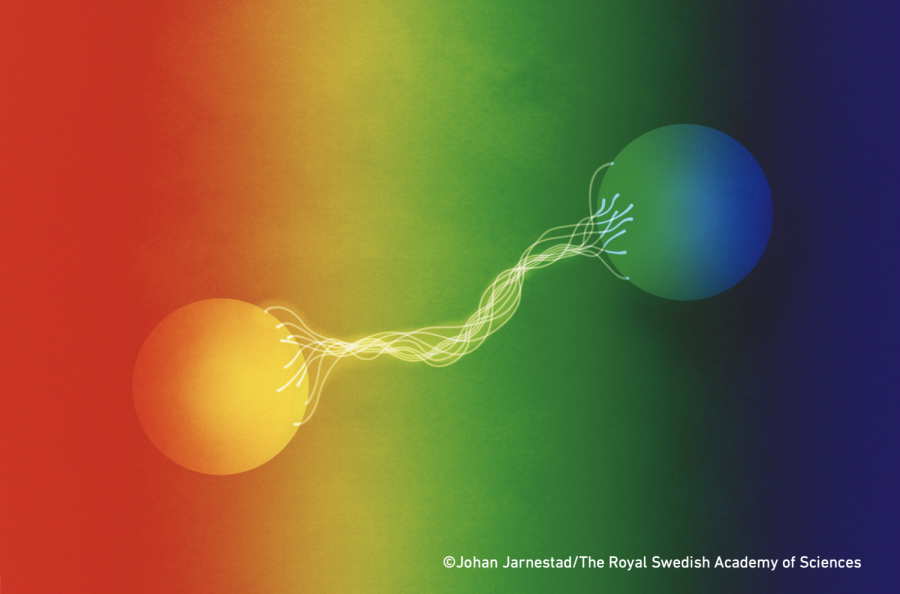

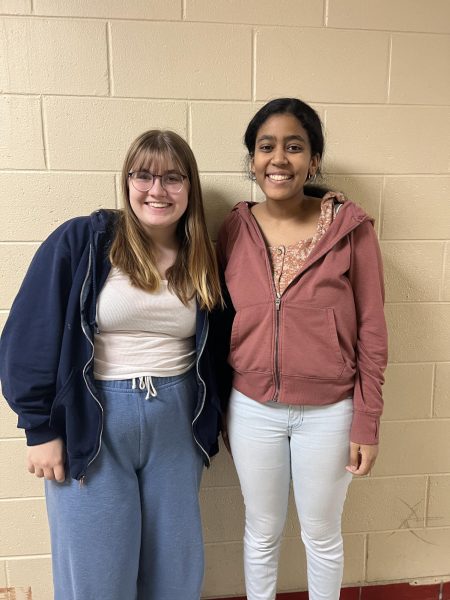


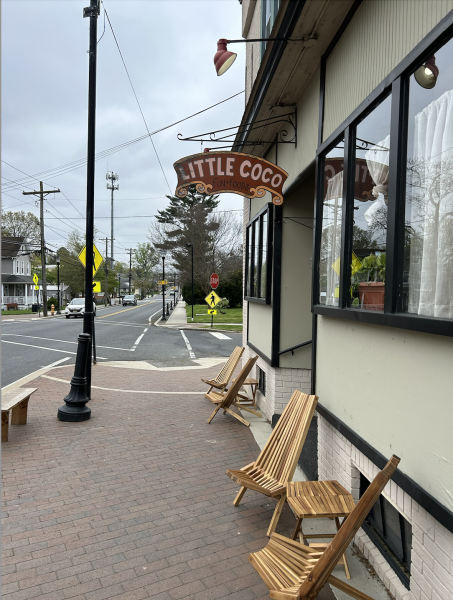
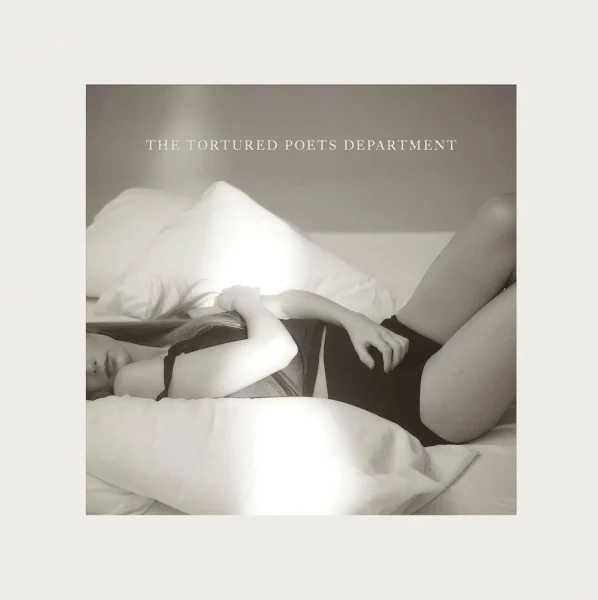


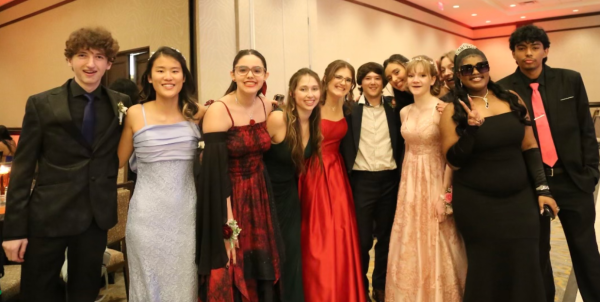
Ann Zhang • Jan 19, 2023 at 6:15 pm
The basic ideas are there. Good work!!